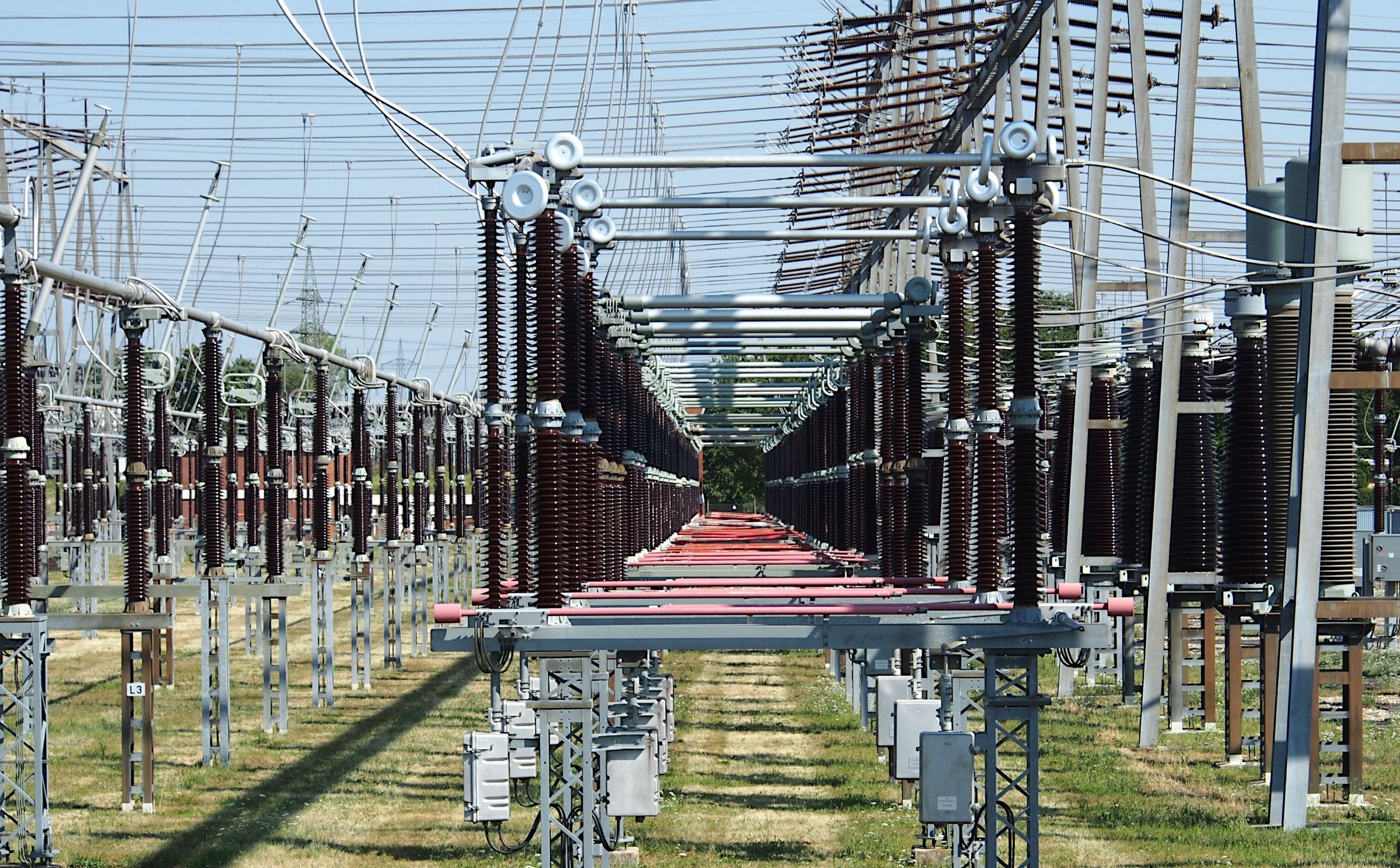MULTI-MODAL AND GREEN COMPUTING FOR ADVANCED COMPUTER VISION, INNOVATIONS AND SUSTAINABLE APPROACHES
Keywords:
Green computing, Multi-modal approach, IOT, Energy Efficient, Computer vision, Deep learning, Object detectionAbstract
This research looks into how green computing is being used in AI systems, focused on making models that use less energy, improving processes, and finding long-lasting hardware solutions. TinyLLaVA-Med and TinyM²Net-V3 are examples of energy-efficient AI models that have been used in healthcare. They have shown big drops in power use without losing accuracy, which makes it easier to use AI in places with limited resources. Models like guidance systems have been tweaked in retail and eCommerce to use less energy. This is done to deal with the problem of the high computing costs that come with personalized services. Edge computing and Tensor Processing Units (TPUs) are two technologies that are being used to make AI processes use less energy and speed up model inference. Companies that follow these steps not only leave less of an impact on the world, but they also make their AI systems work better and be able to handle more users. AI and machine learning have come a long way very quickly, which has led to the creation of cutting edge uses in many areas, such as computer vision. But these improvements have a price, mostly in the form of computing power, energy use, and the damage that running big AI models does to the environment. Researchers and professionals are looking for ways to improve computer vision while also lowering the damage that AI technologies do to the environment. This is because of the growing need for "green computing." This piece talks about the two ideas of multi-model systems and green computing in advanced computer vision applications. It shows how important they are for making AI solutions for computer vision that are more efficient, last longer, and can be used by more people
















